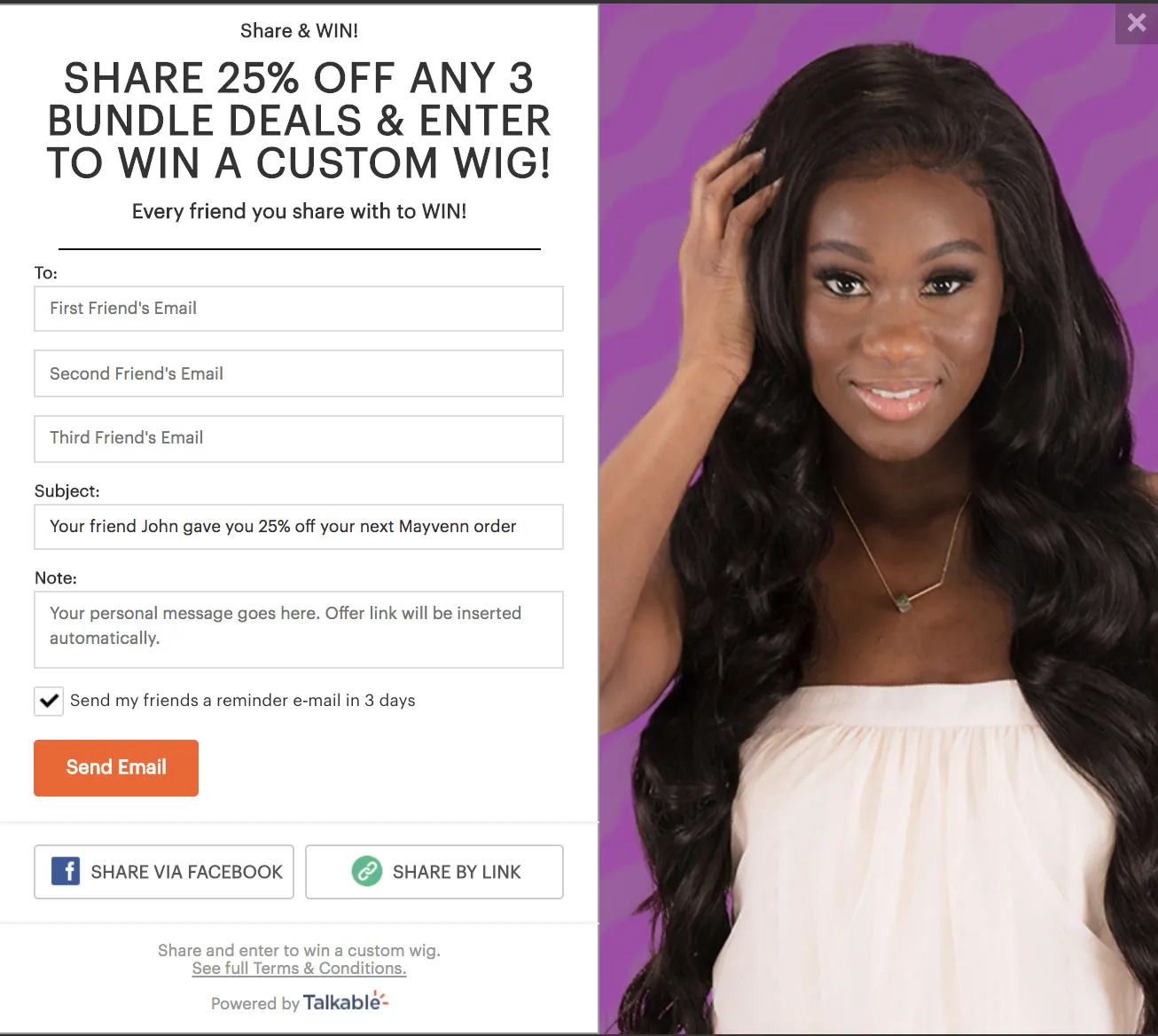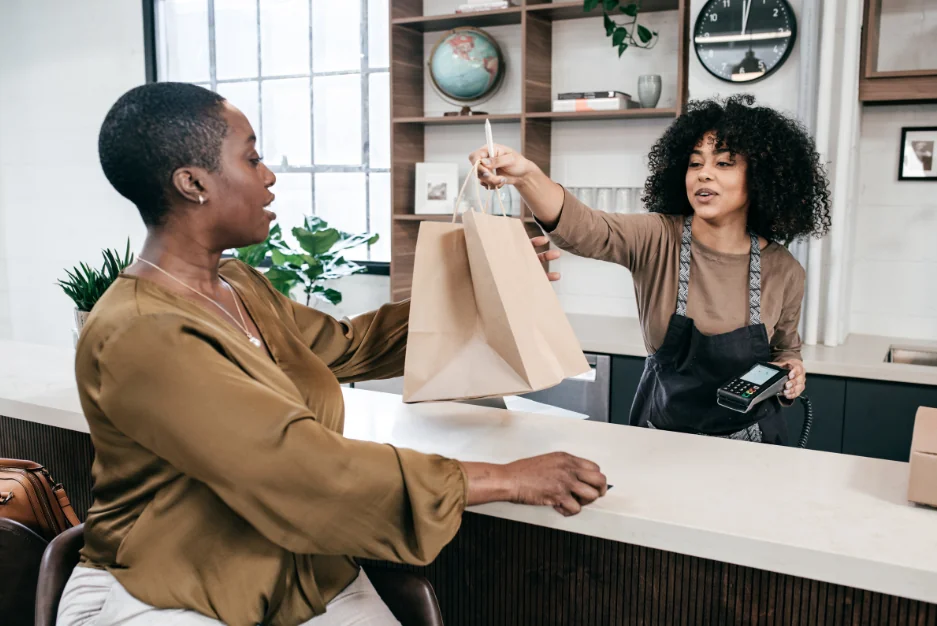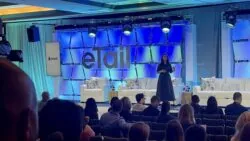Referral marketing is often framed as an acquisition tactic. And yes, it is one of the most efficient ways to bring in new customers. But that is just the beginning.
In 2025, leading marketers are using referrals across the entire lifecycle. Not just at the top of the funnel, but throughout the customer journey. That includes retention, reactivation, loyalty, and product launches.
This is not theoretical. These are real-world use cases that brands are deploying right now to turn referrals into a multi-functional growth engine.
1. Driving Repeat Purchases
Many referral programs reward advocates with a discount or store credit. That incentive needs to be redeemed, and redemption almost always requires another purchase.
Example: A fashion retailer offers “Give $20, Get $20.” The friend makes a purchase and gets $20 off. The advocate now has $20 to use on their next order.
The result? One new customer and one returning customer. A single referral drives two transactions. That is not just acquisition. It is also retention.
2. Reactivating Dormant Customers
Referral campaigns can be used to re-engage customers who have not purchased in a while. Traditional reactivation emails often underperform. But a referral-based prompt can feel more personal and purposeful.
Example: “We miss you. Invite a friend and you’ll both receive something special.”
This gives the lapsed customer a reason to re-engage, even if they are not ready to purchase for themselves. Once they refer a friend, the reward sits in their account, encouraging them to come back and use it.
That turns a passive customer into an active participant again.
3. Enhancing Loyalty and VIP Programs
Referrals can be embedded directly into loyalty programs. Instead of running a separate referral initiative, leading brands are making referrals a core way to earn loyalty rewards or tier upgrades.
Example structures:
- Earn points for every successful referral
- Reach new VIP status by referring multiple friends
- Unlock badges or exclusive experiences based on referral activity
This encourages brand advocacy while reinforcing ongoing engagement. Customers are no longer rewarded only for what they spend. They are also rewarded for how they contribute.
4. Supporting Product Launches and Betas
Referral mechanics are especially powerful when launching something new. Early users can invite friends to access a beta, join a waitlist, or unlock exclusive features.
This is less about scale and more about momentum. You are building energy and social proof around something fresh.
Example: A tech company launches a new app. Early access is invite-only. Every user can refer three friends. Those friends get in faster. The original user gets upgraded access or feature unlocks.
This tactic was famously used by companies like Robinhood, Dropbox, and Clubhouse. Referral becomes part of the product story itself.
5. Expanding in B2B and Partner Channels
Referral is not just for consumer brands. B2B companies are increasingly running referral programs for customers, employees, and partners.
Examples:
- A SaaS company gives clients a free month for every successful referral
- An agency encourages employees to refer prospective clients
- A tech vendor gives partners a commission or discount for sending qualified leads
These programs help B2B companies unlock new growth without relying entirely on outbound sales or expensive lead gen tactics. They turn existing relationships into structured acquisition channels.
6. Fueling Content and Brand Advocacy
Referral can also support your content and social strategy. Many brands now encourage referrals through user-generated content campaigns.
Example: A fitness company offers “Refer a friend and post about your journey. We’ll reward both of you.”
Now the customer is not just sending a link. They are posting about the brand, tagging it, and creating authentic advocacy.
This blends referral with influencer behavior at a micro scale. And it works. People trust content from people they know far more than they trust ads.
Conclusion
Referral marketing is no longer limited to acquiring new customers. It can drive repeat purchases, reactivate churned users, build loyalty, launch products, and expand partnerships.
The common thread is influence. When you give your customers the right tools and incentives, they do more than shop. They recruit. They promote. They become part of your strategy.
The best marketers in 2025 know this. They are not just running referral campaigns. They are building referral ecosystems.




